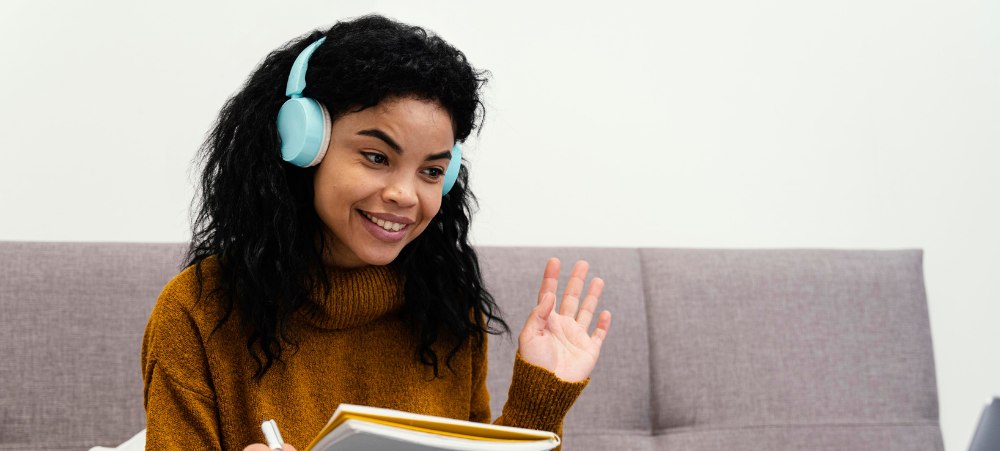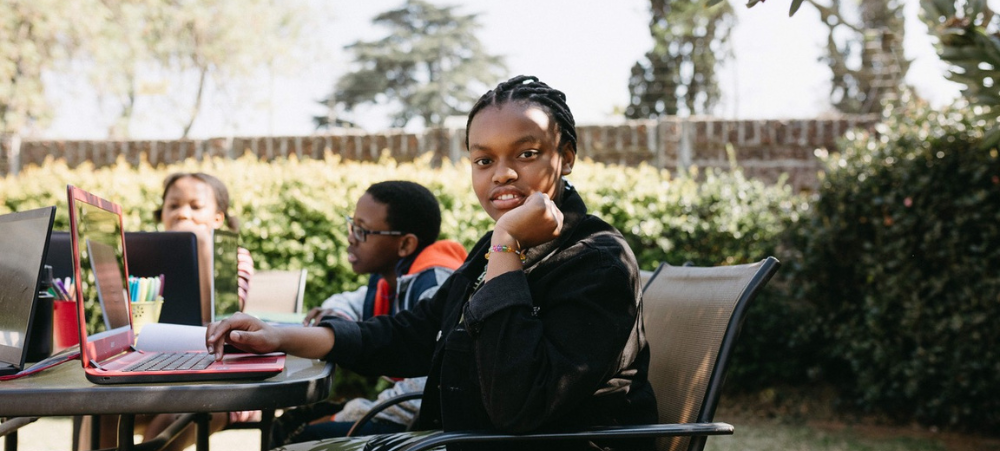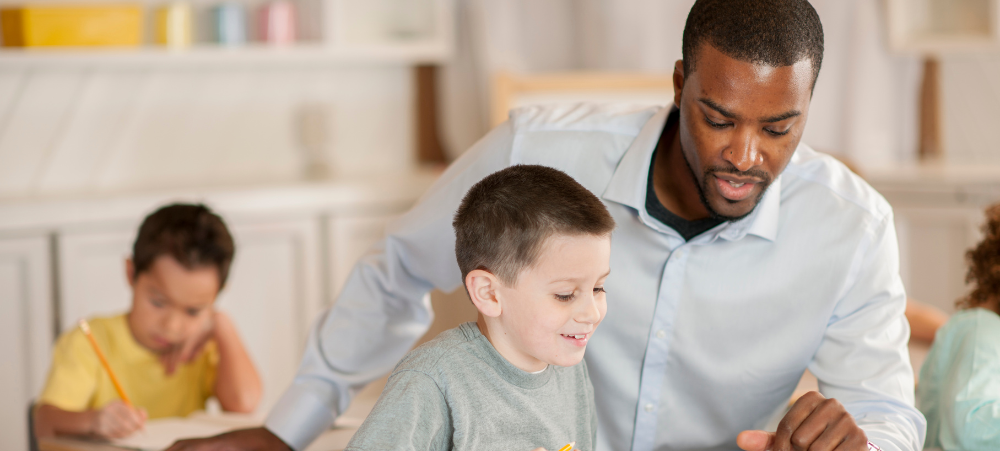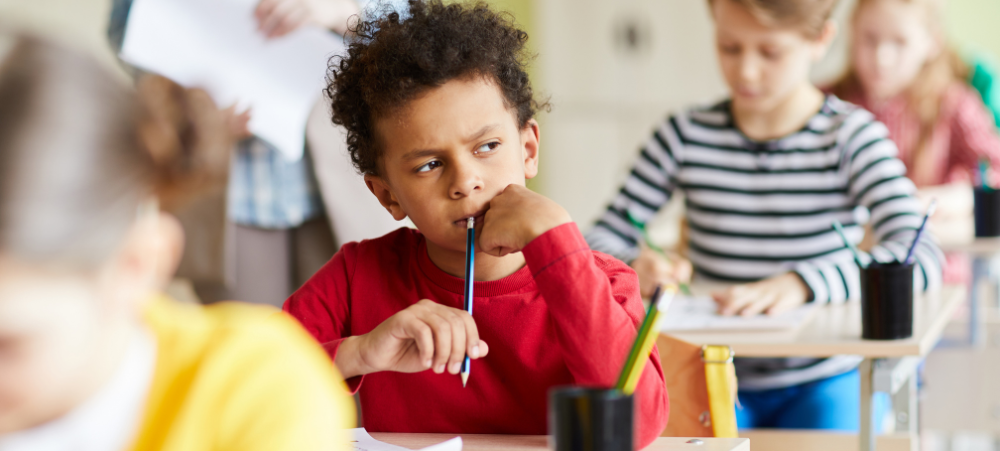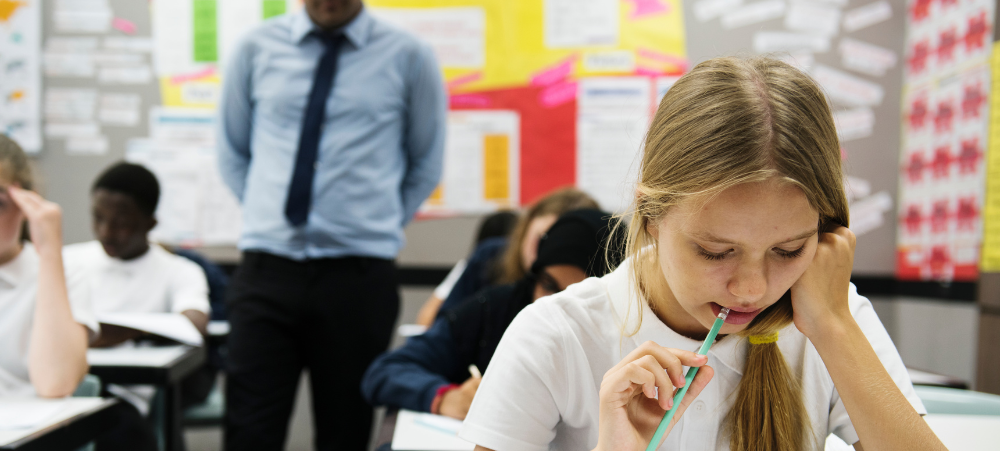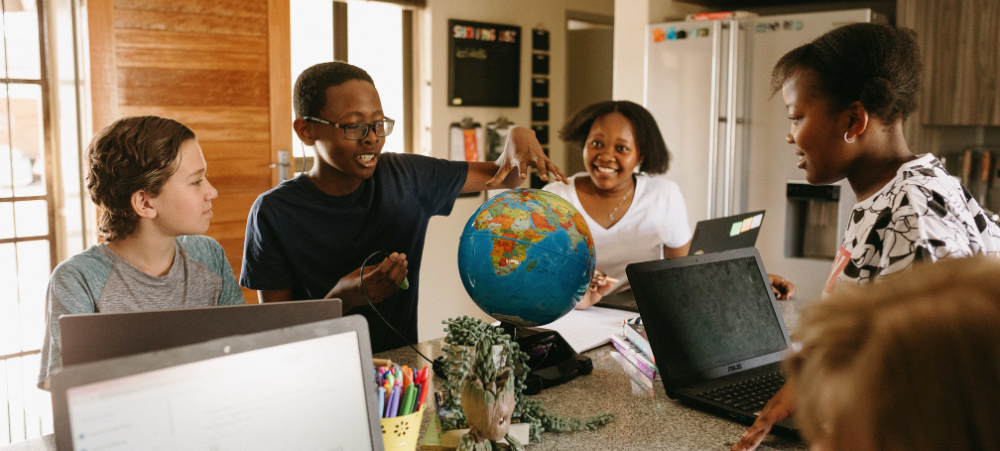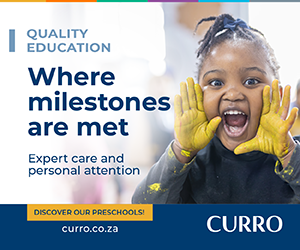
10 benefits of online schooling
Did you know that more than 92 million students and learners worldwide receive tuition via a virtual classroom? Similar to attending a physical school and learning in person, there are advantages and disadvantages to learning online. Staying focussed and being self-motivated can be challenging on its own; which is part of the reason why online schooling may not be for everyone. By understanding more about the advantages of online schooling, you can get a better idea of whether it might be suitable for your child and their educational and career goals. But let us first look at what is meant by online schooling: Online schooling is where a student accesses their academic curriculum on an online platform via the internet. Online schools offer a similar curriculum to traditional schools, but teaching methods are adapted to online or computer-based media, incorporating both traditional and distance education methods, essentially bridging the gap between traditional schooling and homeschooling. What are the benefits of online schooling? Creates life-long learners Online schooling requires that students take responsibility for their own learning. Because they do not rely on teachers to learn everything they must know, online learning tends to create students who are life-long learners. Such learners often take this curiosity and ownership of their educational outcomes, and apply it to their career, ensuring that they stay relevant in their chosen field. Globally accessible One of the best things about online schooling is that your child has access to their school from anywhere in the world with an internet connection. Moving your family for work purposes will have no impact on your child’s schooling, and waiting for the school break to go on holiday is a thing of the past. Saves money Online schooling can also allow you to save money. Transportation is becoming increasingly expensive, and online schooling eliminates the cost of petrol and vehicle maintenance, not to mention time spent on the road! With traditional schools, there is also the cost of school uniforms, sports uniforms, after-school supervision, fees related to mandatory activities and other sundry donations and sponsorships. 4Provides flexibility This is one of online schooling’s biggest draws. Because students can access the lectures when it suits them best and determine their own learning hours, they also have the time and opportunity to pursue their passions and interests. High-level sports achievers of school-going age, with the demands of practice and competitions, are often attracted to online schooling for this very reason. Offers unlimited access to lectures Additionally, online classes offer unlimited access to class recordings and other course materials. This means that if something doesn’t make sense right away, students can come back later with fresh eyes to revisit the lectures and other supporting materials. Students Learn at Their Own Pace Experts say that kids should begin to sit, crawl, walk, and talk at a pace they are comfortable with because every child is different. The same principle applies to older children, yet students in traditional schools are often expected to learn lessons and complete their classwork at the same rate as their peers, regardless of whether they could go through the materials quicker or might need more time. Since online schools include a mixture of self-paced work with scheduled lessons, activities, and deadlines, online students can enjoy a more individualized education that fits their unique needs while still complying with the mandates of the individual school and state. Introverted students can join in discussions While introverts can still do well in traditional schools, they often find the quieter settings of an online school to be more conducive to learning. And since much of the classroom and teacher interaction takes place online, offering the opportunity for text-based interactions even during class time, quieter students are on an equal footing with their extroverted classmates and can more easily join in the discussion. Students have fewer distractions and obstacles to learning As class size continues to increase at traditional schools, so do the distractions for students. Teachers must take time to address behavioural issues, and students’ attention may be taken up with friends and social pressures rather than academics. Bullying can also affect a student’s ability to learn in traditional brick-and-mortar schools. Online learning allows students to concentrate on their studies during classes and then socialize with their friends outside of the learning environment. Online teachers can also focus all their attention on teaching and supporting their students rather than addressing disruptive behaviour. Students enjoy a comfortable learning environment Student comfort has only recently surfaced as an area of concern in education. For years, it has been the acceptable practice for students to sit on rigid chairs in a sterile school building during the day. Now, however, educators and architects like Prakash Nair and Randall Fielding are addressing the need for a more suitable learning environment. A considerable body of research about environmental design shows the positive effect comfort can have on learning, human productivity, and creativity,” according to an article by Nair and Fielding published in edutopia.org. Parents are more involved in their children’s education The online school environment inherently requires greater parental involvement. Studies show that students do better in school when their parents are involved in their education. According to a report authored by Anne Henderson and Nancy Berla, “Major findings indicate that the family makes critical contributions to student achievement from the earliest childhood years through high school, and efforts to improve children’s outcomes are much more effective when the family is actively involved.” Brainline has been providing technology-driven education to Grade R – 12 learners for the past 35 years and our families are proud to share their experiences with us. ‘Brainline has given us the ability to ensure that our child is receiving the thorough academic education she deserves. The curriculum is extensive and absolutely user-friendly. I love Brainline and so does my daughter,’ says Tenille Pollard. ‘We moved to China and decided to use Brainline. I am currently doing Brainline homeschooling and attending an international foreign





